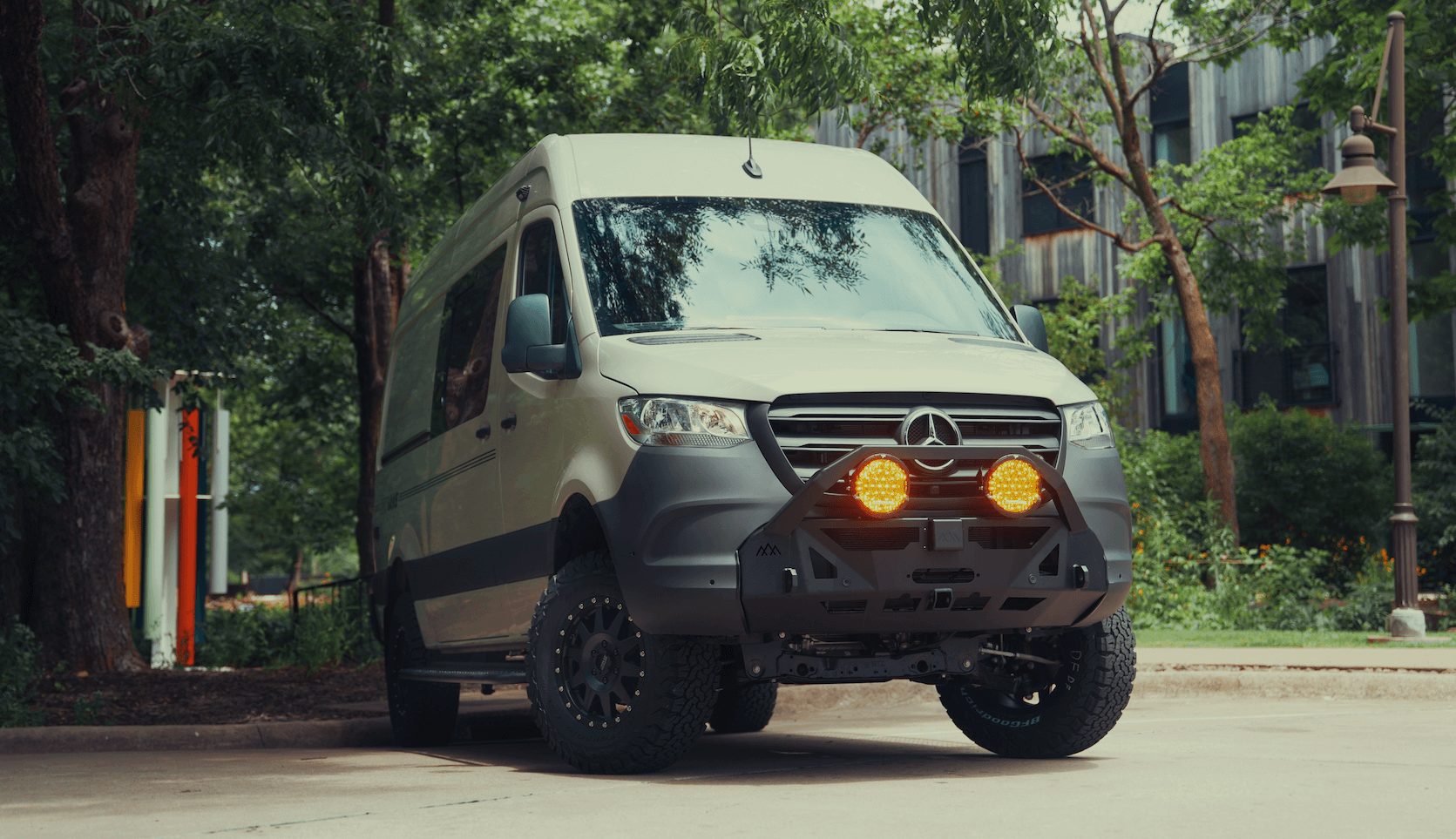Recreational Vans

At its core, an Anderson plug port is a high contact area connector that minimizes resistance at the interface. That matters because DC circuits suffer voltage drop under load, and every bit of resistance in the chain hurts performance. A quality port keeps the connection cool and consistent, which extends the life of compressors, inverters, and DC to DC chargers. Because the housings are keyed, polarity is protected when you color match and wire correctly.
Panel mount or bulkhead housings turn a loose connector into a tidy port. Builders place them near bumpers for winches, at tow points for trailer power, and inside cargo areas for fridges or work lights. The result is modular power. You can plug in what you need and unplug when you do not, with no tools.
Anderson plug ports rely on correct polarity. The housings allow only one orientation, but you still must land positive on the positive contact and negative on the negative contact. Many teams reserve grey for house power, red for charge input, and yellow for high current accessories. Keep your scheme consistent across the vehicle, trailer, and portable gear to avoid confusion at night or in bad weather.
Choose the connector size for your continuous current, not just the surge. A fridge cycling at 5 amps looks small, but a compressor can pull 30 amps and an inverter can exceed that. SB50 suits many accessory circuits, while SB120 or SB175 serves winches or high current DC to DC charging. Match contacts to the chosen wire gauge. Oversize the wire to control voltage drop over long runs, especially on low voltage systems.
Use tinned copper cable for marine grade corrosion resistance. Protect every circuit with a fuse or breaker sized for the wire, placed close to the battery or source. For mounting, panel mount kits lock the connector flush to cabinetry or a bumper plate. Weatherproof boots and dust caps help keep grit out. In wet zones, a drip loop and sealed gland reduce moisture migration into the enclosure.
Panel mount ports give a clean, snag free face and are easy to label. They are great inside living spaces or on a flush bumper plate. Surface mount or pigtail connectors are faster to place in tight areas but need strain relief and abrasion protection. In high exposure spots like rear bumpers, a recessed pocket keeps the plug safe from road spray and trail debris.
Crimping creates the most reliable contact. Use a proper hex or indent tool sized to the contact and cable. Inspect the crimp for full barrel fill with no voids. Solder can wick and create a hard point that fails under vibration, so keep soldering to board level work and rely on mechanical crimps for cables. Cover the joint with adhesive lined heat shrink, then relieve strain with clamps and soft bends.
Common use cases include solar input from portable panels, shore style charging from a tow vehicle, and quick connect power for fridges, air tools, or lighting. On trailers, Anderson plug ports carry charge from the tow rig to the trailer battery bank with a DC to DC charger managing current. On vans, a roof array feeds a charge controller, and a portable ground deploy panel plugs into a labeled port at the slider door.
Keep dust caps on unused ports. Once a season, unplug and look for heat tint, pitting, or looseness. Clean light oxidation with contact cleaner and a soft brush. If you see darkening or melting, check for undersized wire, weak crimps, or overloaded circuits. Measure voltage drop from source to load under normal current to confirm the line is healthy.
Now, when it is time to put these ideas into service, a well planned system pays off. The right connector size, wire gauge, and protection deliver steady voltage and less hassle in the field.
OZK Customs designs and installs Anderson plug ports as part of integrated DC systems for vans, overland rigs, and towables. Our team builds labeled power panels with panel mounted ports for solar input, accessory outputs, and high current circuits, all matched to your loads and charging plan. We prioritize safe routing, service access, and clean finishes so you can plug in gear and get moving. If you want a turn key electrical package that is tested and ready for the road, we are here to help.
At the shop in Fayetteville Arkansas we listen first and build second. Tell us how you travel, what you power, and which ports need to be at arm’s reach. We will craft a reliable, serviceable electrical system that supports your trips without drama. Ready to map your build Start a conversation with our team today.
Ready for seamless DC power in your rig? OZK Customs designs and installs Anderson plug ports that match your load, charge strategy, and safety requirements. Tell us how you travel, and our team will build a clean, serviceable system that just works. Start your build plan today.
ADDRESS:
6159 E Huntsville Rd, Fayetteville, AR 72701
PHONE:
(479) 326-9200
EMAIL:
info@ozkvans.com